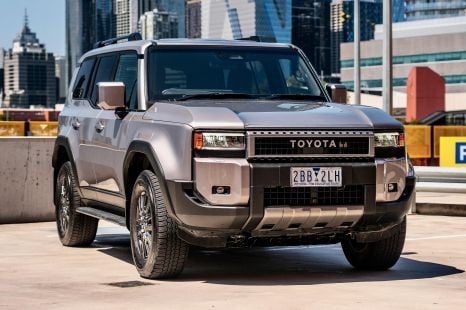

Max Davies
2025 Toyota Prado GXL review
2 Months Ago
A plug-in hybrid Tank 500 will join the off-roader’s fight against Toyota LandCruiser Prado and Ford Everest – and a couple of powertrains are on the cards.

Deputy News Editor
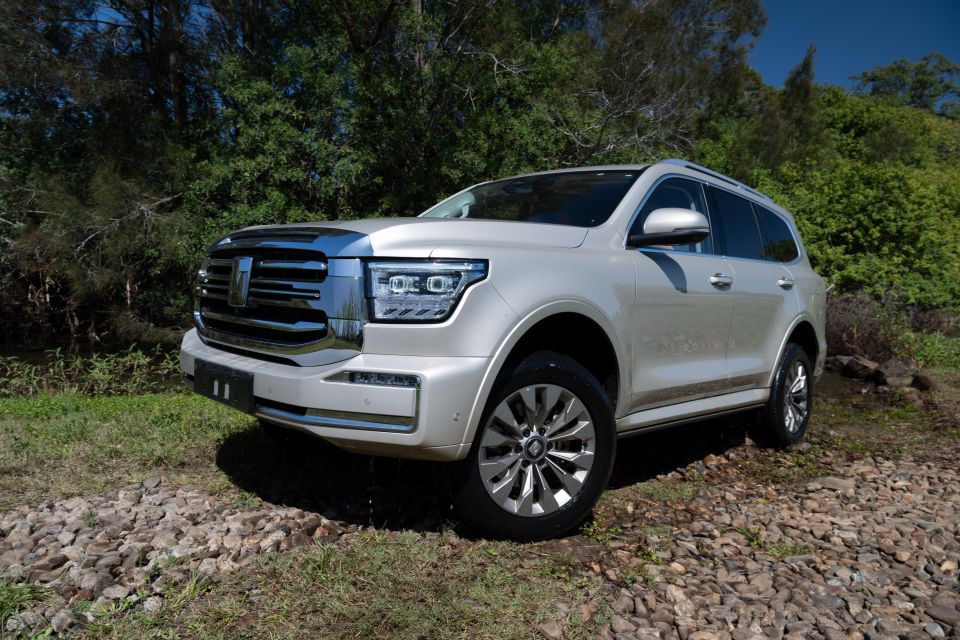

Deputy News Editor
The GWM Tank 500 PHEV has been locked in for a local launch in the third quarter of 2025 as the Chinese brand looks to simultaneously expand its range of off-roaders and plug-in hybrids (PHEVs).
The Tank 500 large SUV was launched as a rival to the Toyota LandCruiser Prado and Ford Everest off-roaders in 2024 and remains available only with a non-plug-in hybrid powertrain – the first large, body-on-frame SUV in Australia to offer such a powertrain.
The addition of the Tank 500 PHEV will see it beat the Prado and Everest in offering a plug-in option, too – despite the Everest being based on the Ford Ranger, which will offer a PHEV powertrain from mid-2025.
Pricing and model grades are yet to be announced, but GWM Australia previously told CarExpert a PHEV would attract an estimated premium of between $6000 and $15,000 over the current HEV.
Deals are available through CarExpert right now. Get the experts on your side and score a great deal. Browse now.
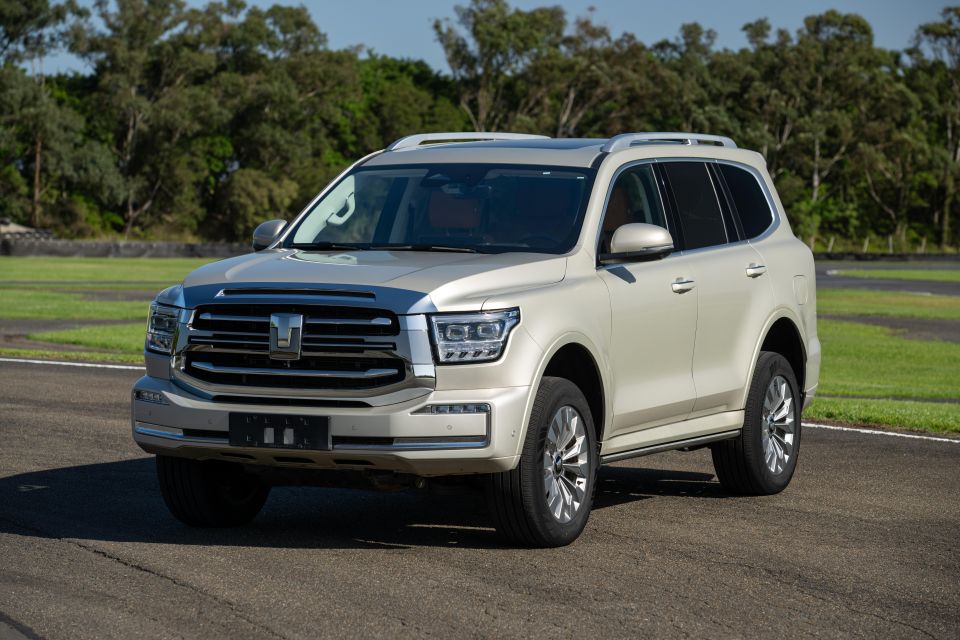
This could mean a starting price of between $72,490 and $82,490 over the entry-level Tank 500 Lux, with the top-spec Ultra somewhere between $79,990 and $88,990 before on-road costs – the highest list-price to-date for a GWM sold here.
“It’s going to depend on the size of the battery pack … range and battery size is what defines pricing,” GWM Australia marketing and communications boss Steve Maciver explained.
The automaker is yet to announce which powertrain will be under the bonnet when the Tank 500 PHEV lands in Australia, with CarExpert understanding the critical decision is yet to be made.
Two PHEV options are on the table, the ‘Hi4-T’ and the new generation ‘Hi4-Z’ systems which, while sounding related, are two different approaches to PHEV tech.
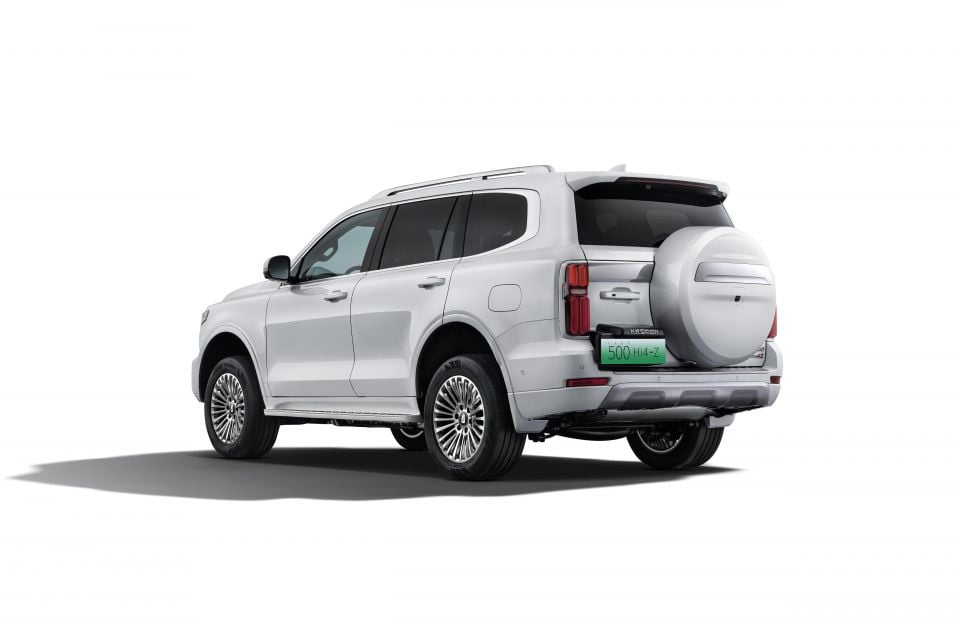
Both are based around the same 2.0-litre turbocharged four-cylinder petrol engine but where they differ is in packaging, design and – according to GWM – off-road capability.
The Tank 500 is the first vehicle to use GWM’s Hi4-Z system, introduced in China in January 2025 with claims of superior off-roading capability over the Hi4-T design.
Running a 185kW/380Nm version of the 2.0-litre engine combined with two electric motors – one on each axle – combined peak power is 635kW and 1195Nm.
The Hi4-Z PHEV package uses multi-link rear suspension and positions the battery pack between the front and rear wheels, allowing GWM to fit varying battery sizes to Hi4-Z vehicles.
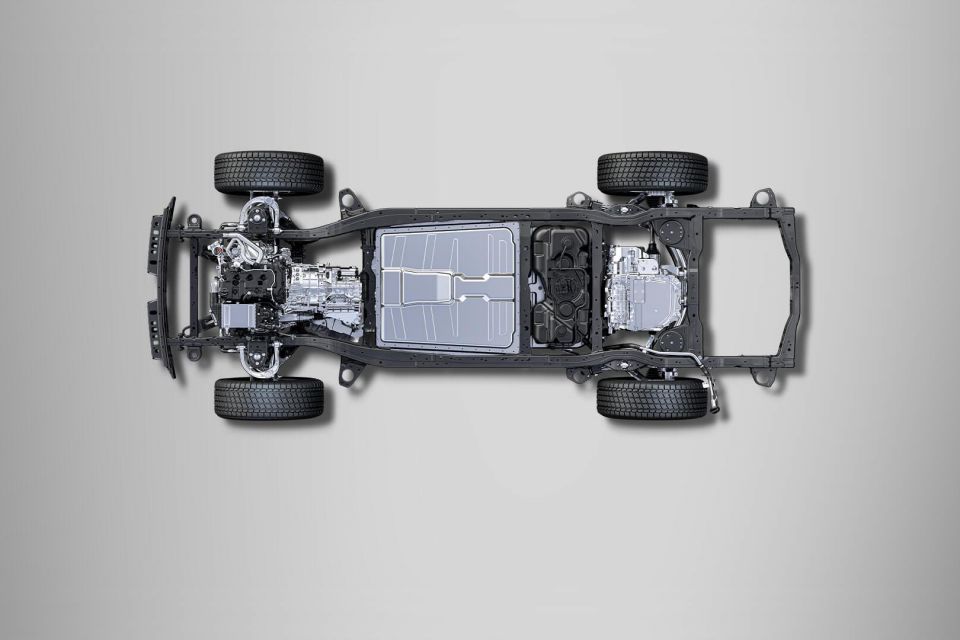
In China, the Tank 500 Hi4-Z uses a 59.05kWh battery pack with a claimed 201km (WLTC) electric-only driving range and 1096km total range.
Further off-road advantages include both better weight distribution and the ability to place the battery in a ‘safer’ location to protect it in rough conditions.
The Hi4-T system is used in the GWM Cannon Alpha PHEV landing in Australian showrooms and has the same total system outputs of 300kW/750Nm and a 37.1kWh battery pack in the Tank 500 PHEV.
Compared to the Hi4-Z, the Hi4-T has a fixed layout which means the battery has to be placed below the rear boot area, reducing cargo space and limiting the physical size of the battery.
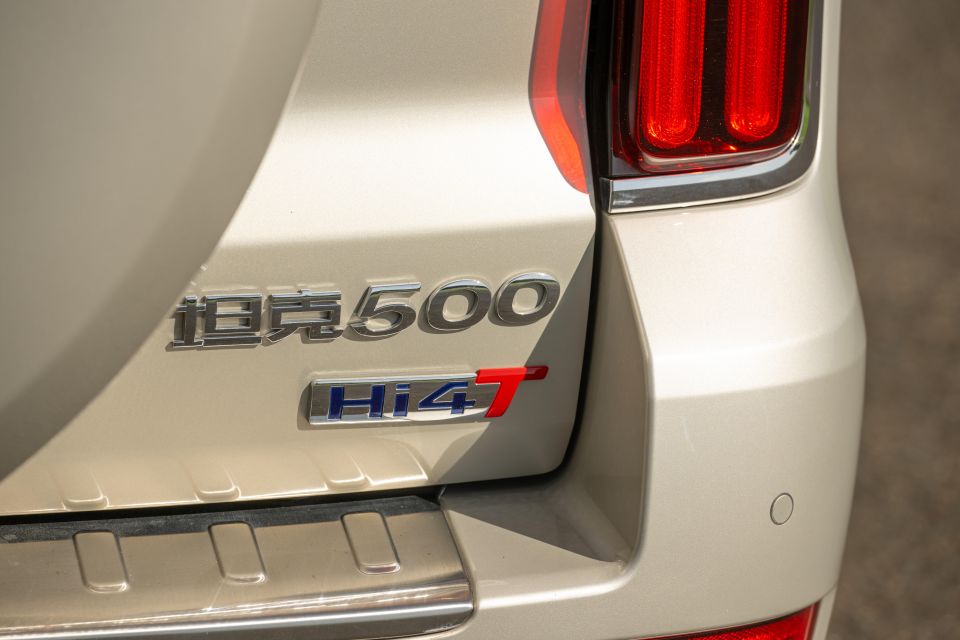
With a combined 300kW/750Nm the Tank 500 Hi4-T PHEV tested by CarExpert had 45kW and 102Nm higher outputs than the current HEV sold in Australia, but it also carried an additional 398kg.
Yet at 2980kg the Tank 500 Hi40-Z is 150kg heavier still.
While seeming less capable than the Hi4-Z, the Hi4-T was still capable of water wading 800mm and had similar approach and departure angles to the current HEV – albeit with its 223mm ground clearance being 11mm less.
Tank 500 sales in Australia are up 134.3 per cent year-on-year to the end of April, contributing to a record first-quarter local sales for the automaker.
Further details are expected ahead of the Tank 500 PHEV’s arrival in the third quarter of 2025.
MORE: Everything GWM Tank 500
Where expert car reviews meet expert car buying – CarExpert gives you trusted advice, personalised service and real savings on your next new car.
Damion Smy is an automotive journalist with several decades of experience, having worked for titles including Car and Auto Express magazines in the UK, and Wheels and Motor magazines in Australia.


Max Davies
2 Months Ago
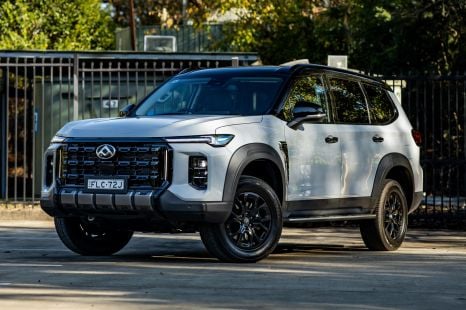

Matt Campbell
2 Months Ago
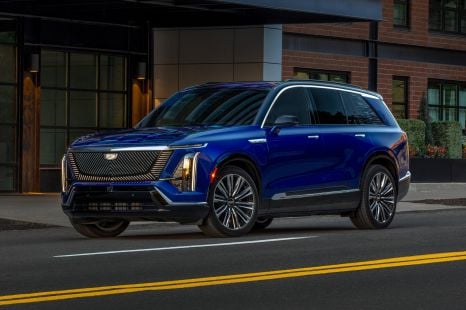

William Stopford
1 Month Ago
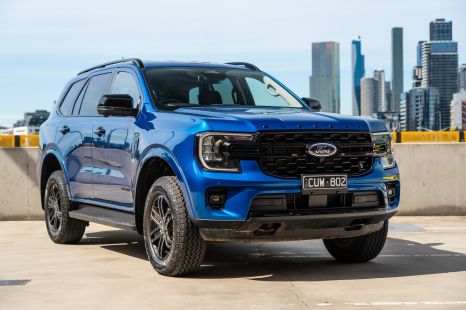

Josh Nevett
1 Month Ago
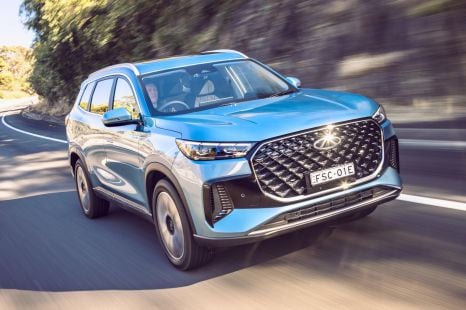

Max Davies
26 Days Ago
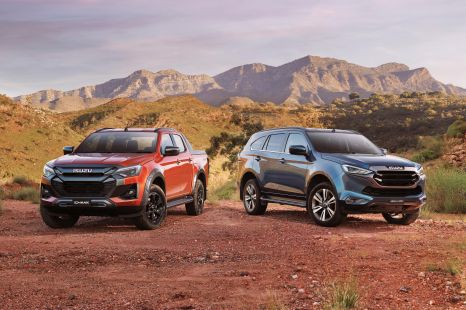

Marton Pettendy
20 Days Ago